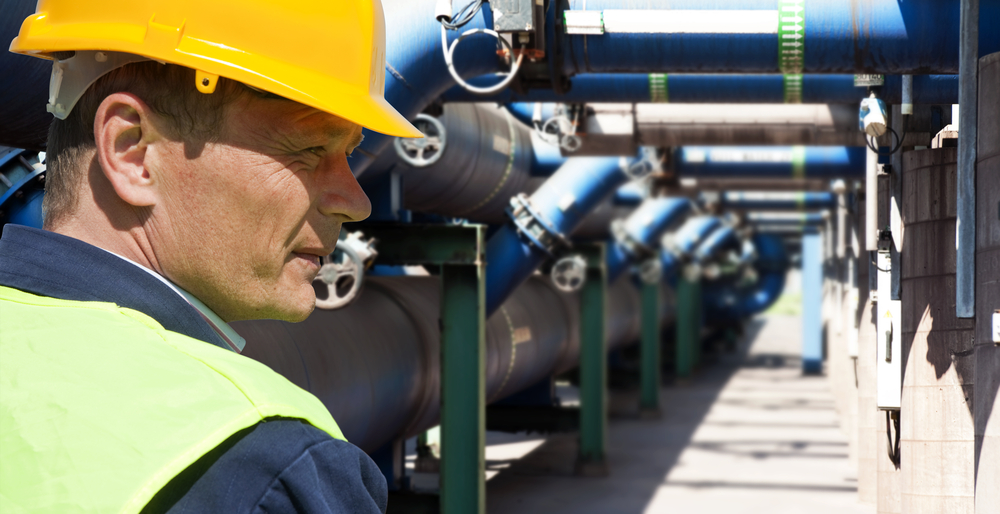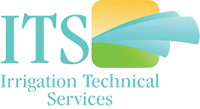Blog/insights
Water Management: Key Tips for Commercial Properties
Water management is an important consideration for most individuals and businesses. And with a large number of users, each of whom has a wide variety of needs, it becomes even more important for commercial properties. Inefficient usage and outright waste can become commonplace and difficult to detect, and a lack of foresight can make it more challenging to fix the problems going forward.
But along with those challenges are hidden opportunities to improve water management and maximize the resources you already have. Reducing waste and reusing existing water can go a long way in creating a smart water management system.
Outside Efficiency/Conservation
Landscaping creation and maintenance can use a great amount of water, and at first glance, it might seem like there are limited ways to reduce that usage. In reality, most commercial properties can do a better job in this area, and there are a number of considerations that can make landscaping water uses more efficient.
Plant choices and care. Plants that are native to the area are used to thriving in current rainfall patterns, as opposed to decorative flora that require more water than the area produces naturally in order to stay healthy. Keeping the areas free of weeds is also important since they use valuable water and using herbicides can contaminate the water already in use, which increases your landscape requirements. Manual weed-pulling and raising mower blades to strengthen root growth are a couple of additional simple ways to maximize water usage.
Soil Maintenance. Taking care of a plant’s soil can make a significant difference with regard to its water usage. Using quality mulch (and reapplying it every year) helps trap moisture and retain soil nutrients. Maintaining topsoil captures rainfall and makes it available to plants. And incorporating soil amendments, such as compost, can help reduce the rate at which the soil drains and improve irrigation usage significantly.
Reclaimed water. Using reclaimed water for landscaping needs is not only a good use of existing resources, it also provides extra benefits to the plants that utilize it. Nutrients such as phosphorus and nitrogen (which are often more abundant in reclaimed water) help fertilize landscaped areas, saving money and resources on two fronts.
Inside Efficiency/Conservation
While plants and flowers use their share of water, human needs can be even greater, including both potable and non-potable needs.
Water savers. Water-efficient toilets and urinals, sinks, showerheads, and faucets will go a long way toward reducing water consumption without restricting its use for common needs. Water aerators and flush valves are inexpensive tweaks to existing facilities and can reap great savings in monthly water usage. And the use of no-touch faucets and water-free urinals and Energy Star-rated appliances can reduce the need to water even further. While each location has its own needs and uses, many solutions can be utilized by almost every commercial property.
Education. While plants can’t be taught how to use less water, people can benefit from education in conservation methods. If making smart water decisions is a priority, employees and tenants will get the message and contribute to the effort. A mindful adherence to a water savings plan, and an understanding of why some changes are being made, will contribute toward successfully reducing the use of (and demand for) water in several areas of everyday life.

Creative Reuse and Other Tips
With a little creative planning, commercial properties have additional opportunities to re-use or gather water. Regulating water pressure in a facility can not only save water but reduce stress on pipes and lines. Collecting condensation and rainwater can be practical and useful in some circumstances. Sensors on irrigation systems can determine when rain has met a landscape’s needs, reducing unnecessary usage, and optimizing cooling towers can reduce evaporation rates as well.
While no one strategy will maximize a property’s water usage alone, a comprehensive plan will incorporate many feasible options and make an impact on both the environment and the bottom line.
Water Balancing and Feasibility
Even the best conservation methods can’t succeed without a clear picture of where a property stands with regard to water demands and reuse opportunities. A water balance allows property managers and owners to identify needs and availability through current usage and conservation methods. Timing is also an important consideration, as supply and demand change during the year. This is especially true of irrigation, as landscape needs can change dramatically in a matter of weeks.
By quantifying available black water and grey water, which needs to be treated but can be reused, as well as stormwater, rainwater, condensation, and other sources, a property can determine if supply is truly matching up with their needs.
A feasibility plan offers an evaluation of a property’s current situation, and the viability of different projects to improve it. A plan is just a collection of ideas unless they’re achievable and affordable, and a feasibility plan can identify which projects are worth pursuing and which ones aren’t a good fit. Together, water balance and feasibility studies determine whether a property’s plans are working in the real world and whether specific improvements can make the situation better while remaining within time and budget constraints.
Here to Help
Irrigation Technical Services has more than four decades of experience working with developers, engineers, and commercial property owners to ensure that water management is at the forefront of smart planning. Combining experienced professionals with state-of-the-art technology, we can help improve your water management and conservation at any stage of development. Simply contact us for answers to your questions and next steps.


